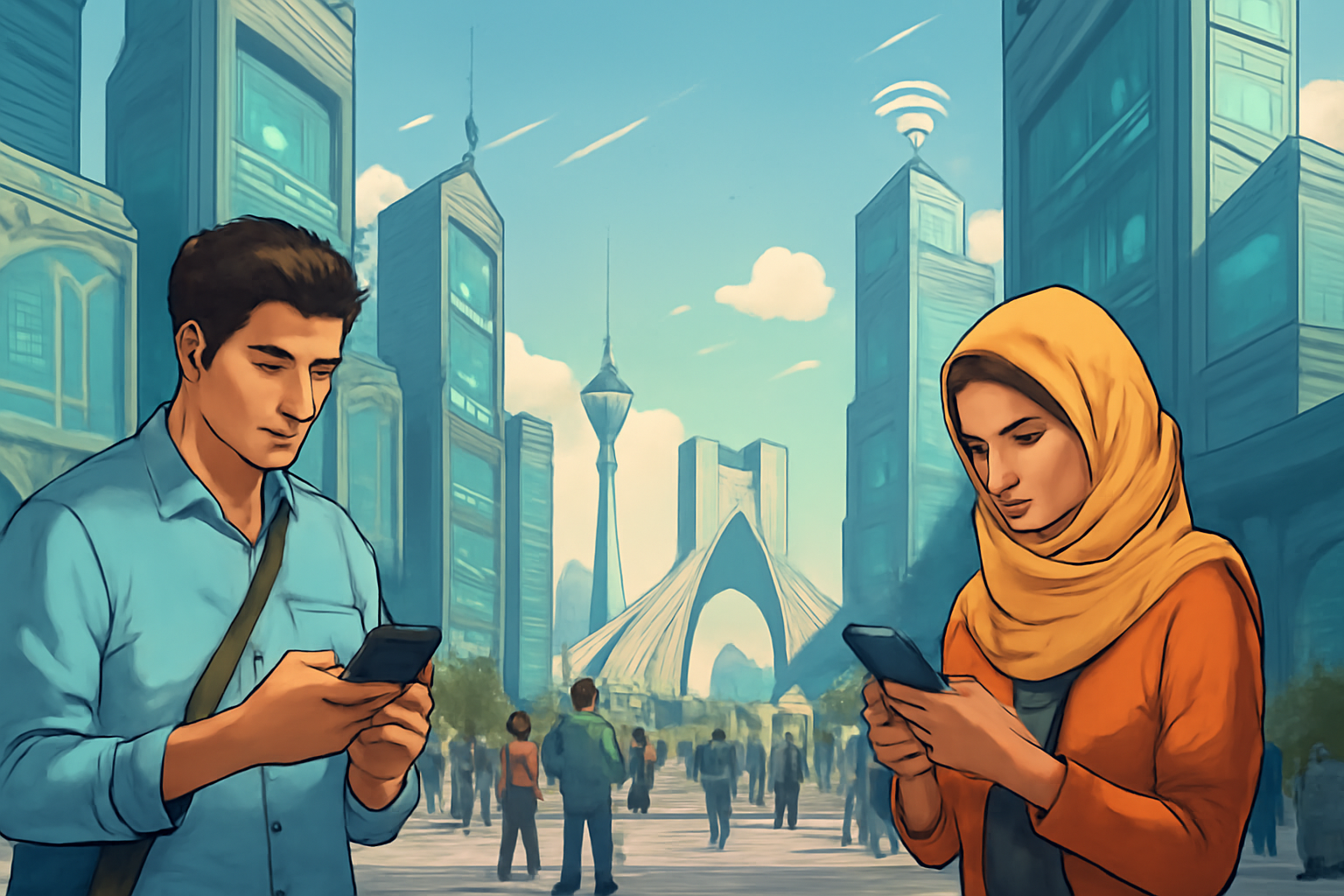
Exploring Iran’s Population: Key Insights and Trends in Tech for 2025
Iran is a country with a rich cultural history, diverse landscapes, and a growing technological landscape. With a population of over 80 million people, it is one of the most populous nations in the Middle East. As we approach 2025, Iran’s population trends, along with the rapid growth of the tech sector, are shaping the future of the country and its economy. In this blog, we’ll dive into key insights about Iran’s population and explore the emerging tech trends that are likely to make an impact in 2025.
Iran’s Growing Population: What to Expect by 2025
Iran’s population is expected to continue its growth trajectory over the next decade. With a median age of 32 years, the country boasts a youthful population, which is both a challenge and an opportunity for various sectors, especially technology. The growing population presents the government and private sector with the need to focus on sustainable development, healthcare improvements, and educational reforms.
As the urbanization rate increases, more people are migrating to cities in search of better job opportunities, which is influencing economic trends in Iran. By 2025, it is estimated that over 70% of the population will live in urban areas, leading to higher demand for infrastructure and technology solutions that can accommodate this growth.
Tech Innovations in Iran: What’s on the Horizon for 2025?
The tech scene in Iran is growing rapidly, despite challenges related to international sanctions and restrictions. Local companies are making significant strides in sectors such as mobile technology, software development, artificial intelligence (AI), and e-commerce. Let’s explore some of the most promising tech trends for 2025.
1. Artificial Intelligence and Automation
One of the most exciting developments in Iran’s tech sector is the rise of artificial intelligence (AI) and automation. AI technologies are expected to transform industries such as healthcare, manufacturing, and agriculture. By 2025, AI is likely to play a key role in improving the efficiency of businesses and government operations.
Iranian tech startups are already experimenting with AI-powered solutions, such as predictive analytics and automated systems that can streamline production processes. As AI adoption increases, Iran could become a hub for innovation in AI research and development.
2. E-commerce and Digital Payment Systems
With the growing use of smartphones and internet access, e-commerce is expanding rapidly in Iran. Online shopping is becoming a norm, and local businesses are quickly adapting to digital platforms. In 2025, the e-commerce market in Iran is expected to continue its upward trajectory, offering new opportunities for tech companies.
In addition to e-commerce, digital payment systems are also seeing a surge in popularity. Local digital wallets and payment solutions are simplifying transactions and making it easier for consumers to shop online and transfer money. This trend is expected to accelerate as the demand for cashless transactions rises.
3. 5G Connectivity and Internet of Things (IoT)
Iran has made significant progress in the development of 5G infrastructure, and by 2025, it is expected to roll out nationwide 5G coverage. This next-generation network will open up new possibilities for innovation, particularly in the field of the Internet of Things (IoT).
With the deployment of 5G, Iran will be able to support the growing number of connected devices, from smart homes to industrial IoT systems. As businesses and consumers embrace IoT technologies, Iran’s tech landscape will continue to evolve, fostering greater connectivity and smarter cities.
4. Fintech and Cryptocurrency
Another area where Iran is likely to see growth in 2025 is fintech. The country has already begun embracing blockchain technology and digital currencies, and this trend is expected to intensify in the coming years. Cryptocurrency adoption is growing, and fintech companies are working on solutions that could help improve financial services in Iran.
Given Iran’s increasing focus on technology and innovation, the fintech sector has a lot of potential. The government’s willingness to regulate cryptocurrency could lead to significant growth in this area, offering new economic opportunities and greater financial inclusion for the population.
Challenges and Opportunities in Iran’s Tech Sector
While Iran’s tech sector is poised for growth, it faces several challenges. International sanctions, limited access to global markets, and the lack of foreign investment remain obstacles to innovation. However, local entrepreneurs and developers are finding ways to adapt and thrive, often creating homegrown solutions that cater to the unique needs of the Iranian market.
The Iranian government has also taken steps to support the tech industry, with initiatives designed to foster innovation and encourage investment in technology. These efforts could pave the way for a more robust tech ecosystem by 2025.
Conclusion: Iran’s Population and Tech Trends in 2025
Iran’s population trends and technological advancements are closely linked. With a growing, youthful population and an increasingly tech-savvy urban demographic, Iran is on the brink of a digital transformation. The next few years will see a surge in the adoption of AI, e-commerce, 5G, and fintech solutions, making Iran a key player in the Middle Eastern tech scene.
As we look forward to 2025, it’s clear that the Iranian tech landscape will continue to evolve rapidly, offering both challenges and opportunities for businesses, investors, and entrepreneurs alike.
#IranTech #PopulationGrowth #AI #Ecommerce #DigitalPayments #IoT #Fintech #5G #Cryptocurrency #TechTrends #Iran2025 #MiddleEastTech #SmartCities #ArtificialIntelligence #IranInnovation #carrerbook #anslation #bloghub
Caption:
Explore how Iran’s growing population is influencing tech trends in 2025, with advancements in AI, e-commerce, and 5G shaping the future of the country. #TechTrends #Iran2025
Disclaimer:
This blog is intended for informational and educational purposes only. The views expressed are personal opinions or general insights, not professional or legal advice. Readers should do their own research or consult relevant professionals before taking action based on this content.


Leave a Reply